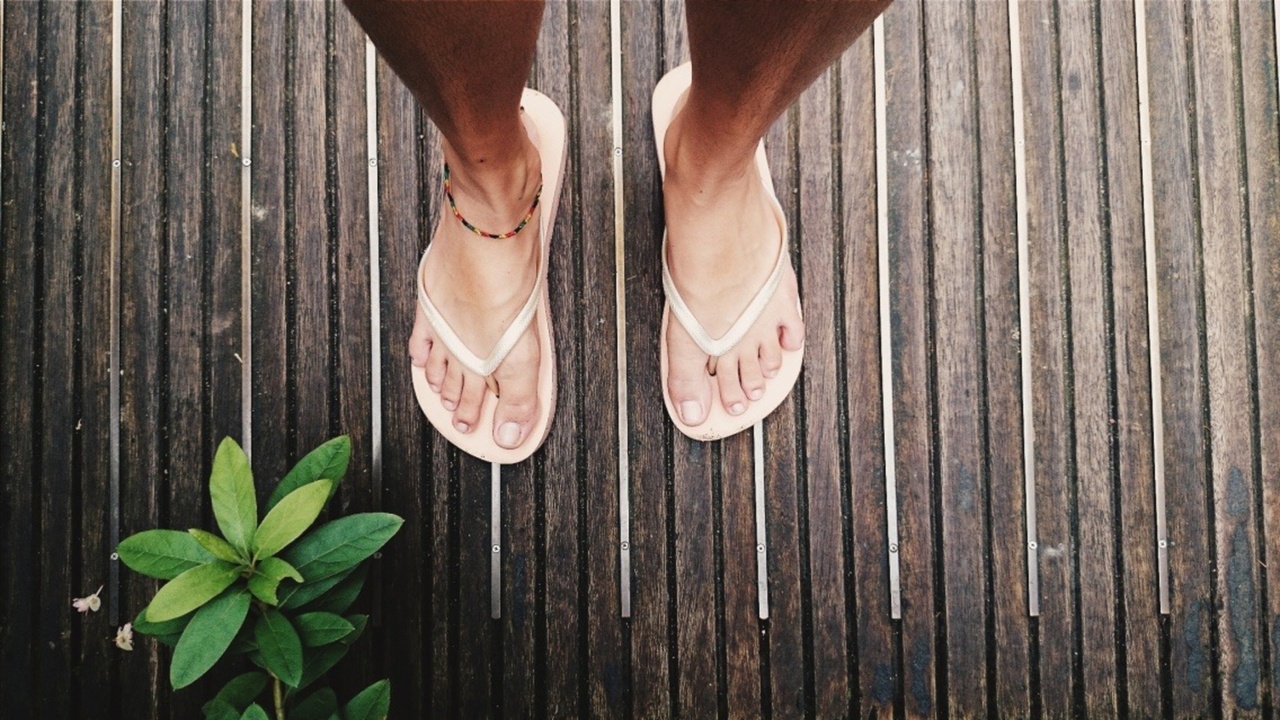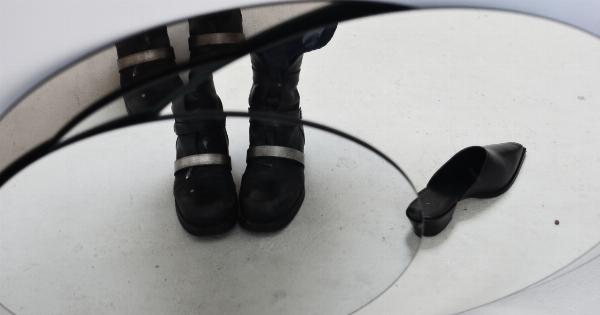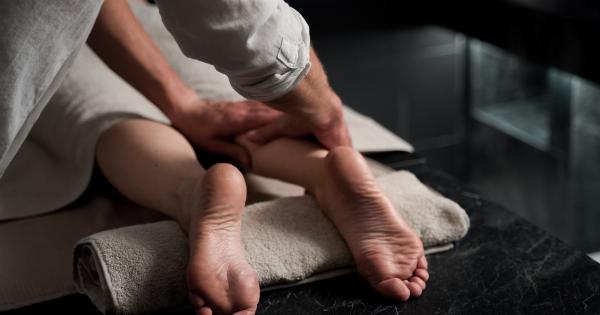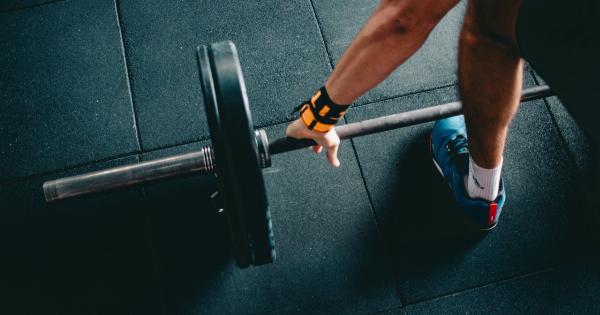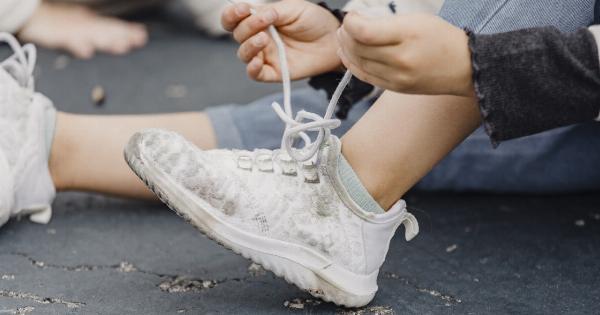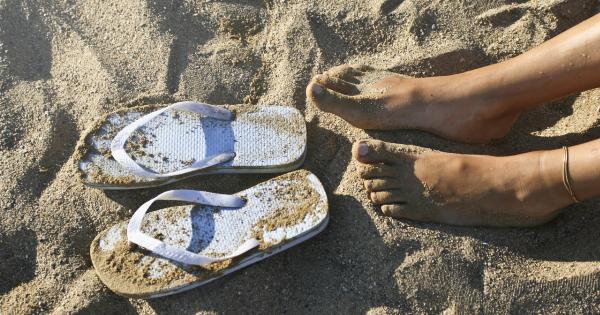Flip flops are a popular and easy-to-wear footwear option, especially during the summer months, but they can cause serious problems for your feet if not worn correctly.
Flip flops are designed to provide minimal support and cushioning, which can lead to foot pain, swelling, and even injuries if worn for extended periods or inappropriately. Fortunately, there are some simple guidelines for wearing flip flops that can help you protect your feet while still enjoying the comfort and convenience they offer.
Choose High-Quality Flip Flops
The first step in protecting your feet with flip flops is to invest in a high-quality pair. Look for flip flops made from soft, durable materials that fit comfortably without rubbing or pinching your feet.
Flip flops with arch support and a contoured footbed can also help reduce strain on your feet and legs. Avoid cheap, flimsy flip flops that offer little support or protection.
Choose the Right Size
Choosing the right size of flip flops is important. Wearing flip flops that are too tight can cause blisters, calluses, and other foot problems, while loose flip flops can cause your feet to slide around, leading to discomfort and even injury.
Make sure your flip flops fit snugly on your feet without pinching or binding, and that your toes have room to move freely. If possible, try on flip flops in person before purchasing them, and walk around to ensure a proper fit.
Avoid Wearing Flip Flops for Extended Periods
While flip flops are a great option for occasional wear, they’re not designed for long-term use.
Wearing flip flops for extended periods can lead to foot pain and fatigue, as well as increase your risk of blisters, calluses, and other foot problems. If you need to wear something on your feet for an extended period of time, consider a shoe with more support and cushioning.
Be Careful on Uneven Surfaces
Flip flops are best suited for flat, even surfaces. Walking on uneven or unstable surfaces in flip flops can cause you to lose your footing or sprain your ankle.
If you must walk on uneven or rocky terrain, choose a shoe with more support and traction to lower your risk of injury.
Avoid Wearing Flip Flops for Sports or Physical Activity
Flip flops are not suitable footwear for sports or physical activity. They offer minimal support and cushioning, which can lead to foot injuries, stress fractures, or other problems if used for high-impact activities.
If you plan to engage in sports or physical activity, choose a shoe specifically designed for that activity to ensure proper support and stability.
Watch for Signs of Foot Problems
Even with the right fit and high-quality materials, wearing flip flops can still cause foot problems if not worn correctly. Watch for signs of foot pain, blisters, calluses, or other issues that may indicate a problem.
If you experience any foot problems, stop wearing flip flops and see a podiatrist for proper diagnosis and treatment.
Take Care of Your Feet
In addition to proper footwear, taking care of your feet can help reduce your risk of foot problems. Keep your feet clean and dry, trim your toenails regularly, and moisturize your feet to prevent dryness and cracking.
Avoid wearing tight or constricting socks, which can reduce circulation and cause foot problems, and wear shoes that fit well and provide proper support.
Conclusion
Flip flops can be a comfortable and convenient footwear choice, but they must be worn properly to avoid foot problems and injuries.
Choose high-quality flip flops that fit well and offer adequate support, avoid wearing flip flops for extended periods or during physical activity, and watch for signs of foot problems. With proper care and attention, you can enjoy the comfort and convenience of flip flops while still protecting your feet.
